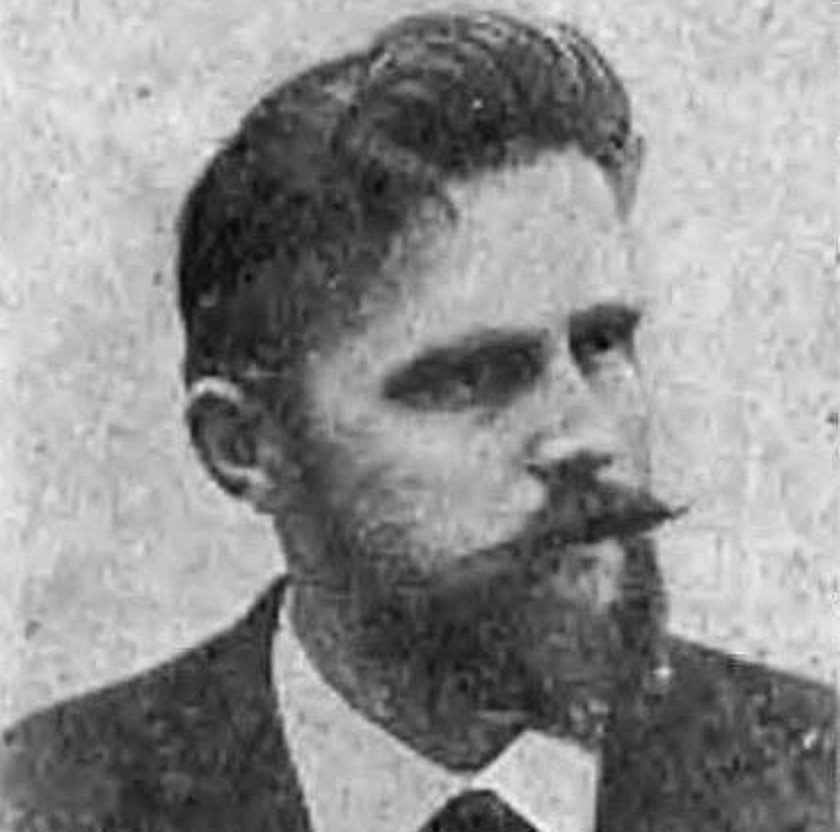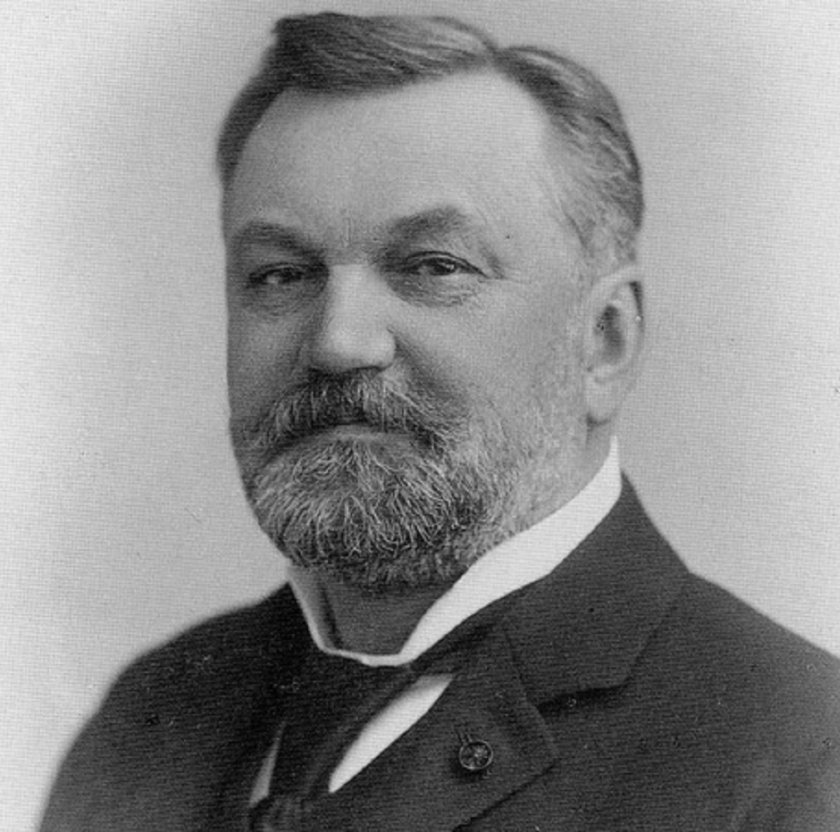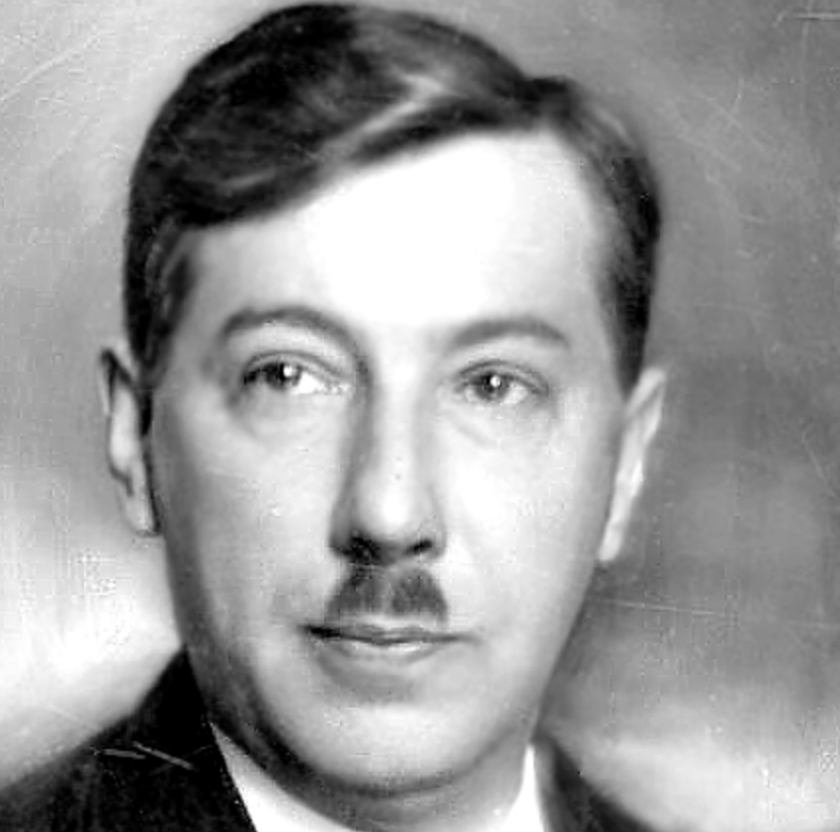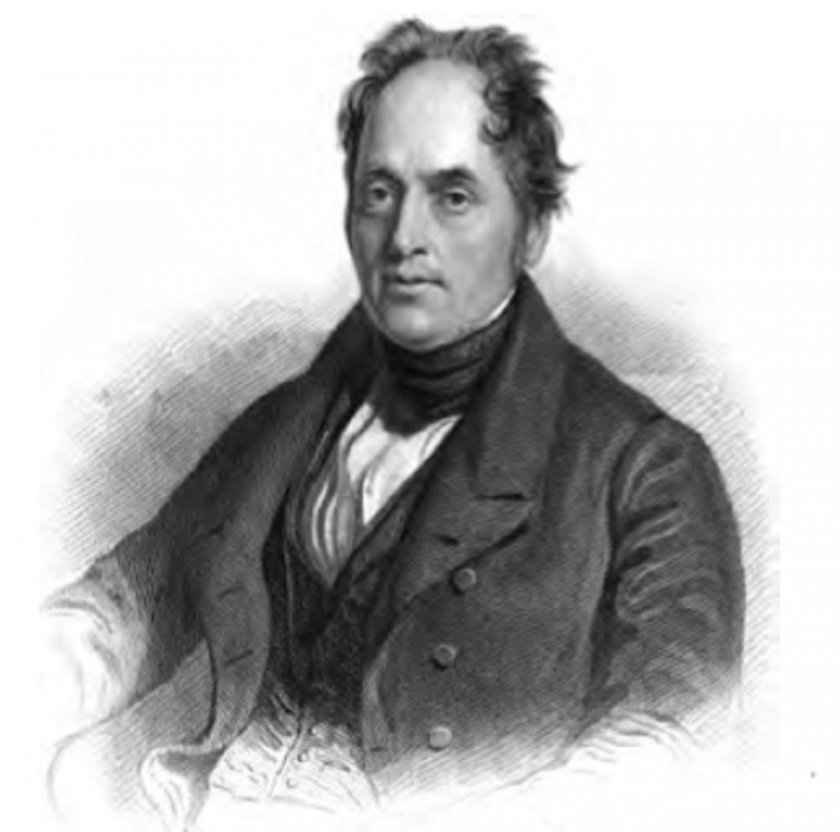Wacław Wolski
 Fot.
Fot.
What was the course of this fascinating story? Wolski was an engineer and inventor, born in a family with legal traditions, but scrupulously educated and trained by his uncle, Stanisław Szczepanowski, the second pioneer of the oil industry after Ignacy Łukasiewicz. He was born in Brzeżany in Ukraine, educated in Vienna, and later employed with his uncle in the oil mine in Schodnica – the largest and the most efficient mine in Galicia at the time.
According to Szczepanowski’s requirements, he worked first as aworker, then as a driller and finally as a mine manager. It was there where Wolski also learned the use of the new Canadian drilling system brought to Schodnica by Canadian engineers.
After gaining experience, Wacław Wolski and Kazimierz Odrzywolski set up their own drilling company, which closely cooperated with Szczepanowski’s company and performed drillings on its behalf. Already at that time, he undertook actions that placed him at the forefront of the contemporary technical thought. In 1896, he began extracting natural gas in Schodnica, which had previously escaped during the drilling of oil wells. He was one of the first (or perhaps even the first) engineers in the world to attempt the process of natural gas liquefaction.
After gaining experience, Wacław Wolski and Kazimierz Odrzywolski set up their own drilling company, which closely cooperated with Szczepanowski’s company and performed drillings on its behalf. Already at that time, he undertook actions that placed him at the forefront of the contemporary technical thought. In 1896, he began extracting natural gas in Schodnica, which had previously escaped during the drilling of oil wells. He was one of the first (or perhaps even the first) engineers in the world to attempt the process of natural gas liquefaction.
His major achievement was the eccentric drill, which allowed to increase the depth of the well from about 400 meters to more than 1000 meters, but probably the most famous of Wolski’s constructions was the hydraulic ram.
Its operation consisted in concentrating the energy of flowing water in the place of its sudden stopping, which resulted in high overpressure of about 14.5 atmospheres. In Wolski’s ram, the generated impact pressure caused a violent pushing of the steel shank with a drilling tool. This was repeated several times a second, which made the Polish invention a real revelation, greatly surpassing the technologies available around the world at that time. Soon, German tycoons bought the rights to the invention, but the Polish engineer reserved the right to use the ram in Galicia.
Its operation consisted in concentrating the energy of flowing water in the place of its sudden stopping, which resulted in high overpressure of about 14.5 atmospheres. In Wolski’s ram, the generated impact pressure caused a violent pushing of the steel shank with a drilling tool. This was repeated several times a second, which made the Polish invention a real revelation, greatly surpassing the technologies available around the world at that time. Soon, German tycoons bought the rights to the invention, but the Polish engineer reserved the right to use the ram in Galicia.
On the one hand, Wolski’s innovation increased and improved the process of oil extraction at a huge pace, but on the other, the market was not ready to accept such large quantities of oil at that specific point in time. His invention was premature, and there was no motorisation that would generate a demand for oil to balance its supply. It is easy to imagine the difficulty of storing and selling oil when, after the record-breaking drilling of the well named “Wilno”, as many as 50 wagons of crude oil flowed out of the ground every day.
The ingenious engineer was then criticised for having contributed to the overproduction crisis and for the associated sharp drop in oil prices. His ideas for the liquefaction of natural gas, implemented from 1904, also proved to be premature, as the market demand for gasoline was recorded as late as after the end of the First World War.
The ingenious engineer was then criticised for having contributed to the overproduction crisis and for the associated sharp drop in oil prices. His ideas for the liquefaction of natural gas, implemented from 1904, also proved to be premature, as the market demand for gasoline was recorded as late as after the end of the First World War.
This ahead-of-his-time innovator died in 1922 in Lviv and was buried in the Lychakiv Cemetery. He left behind papers from speeches at drilling rallies all over Europe, numerous professional articles and notes, including correspondence with Jules Henri Poincaré, a pioneer of relativity theory, physicist and philosopher of science. And above all, he left behind the conclusion that every invention has its time, and that the pursuit of development has its limits…



